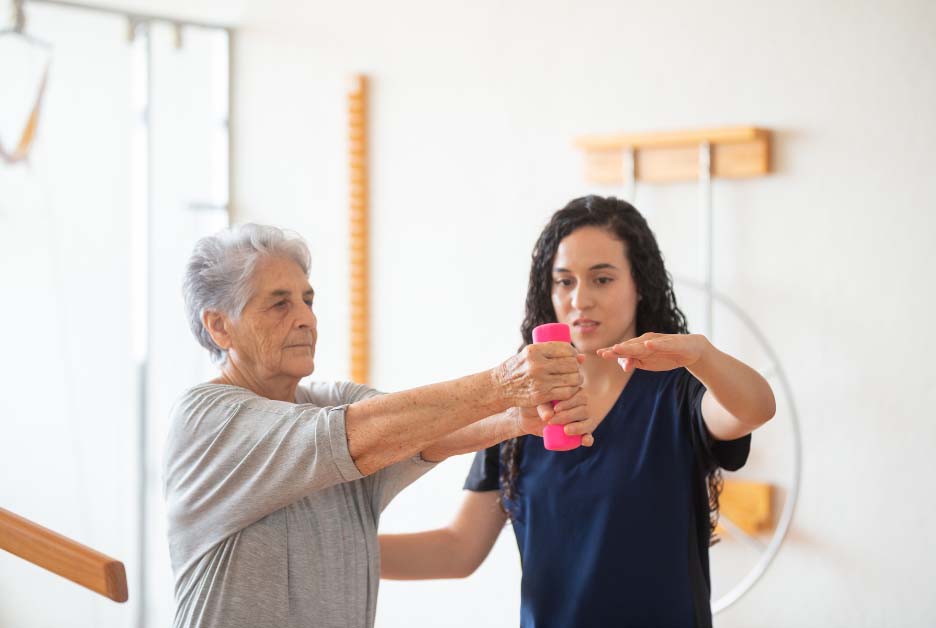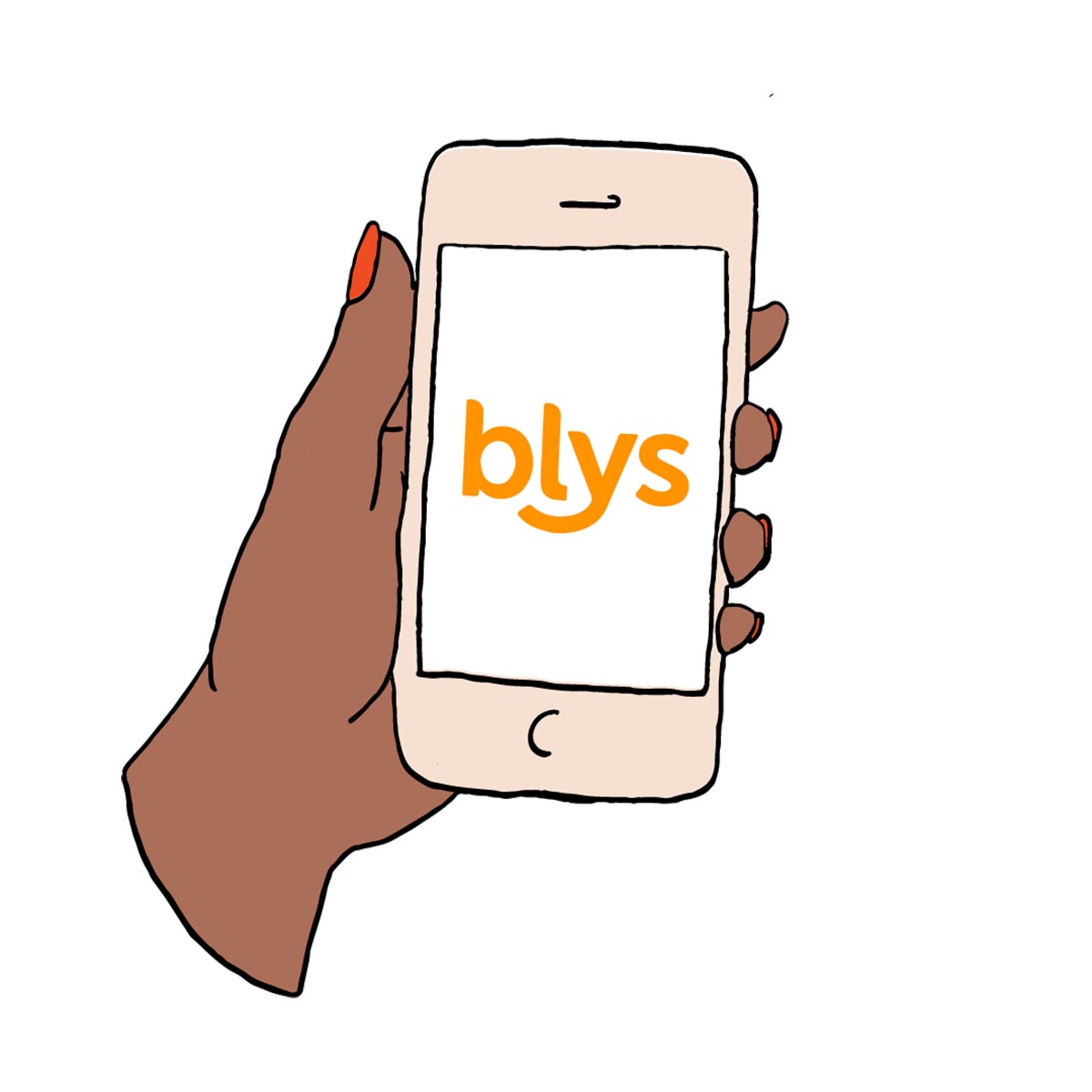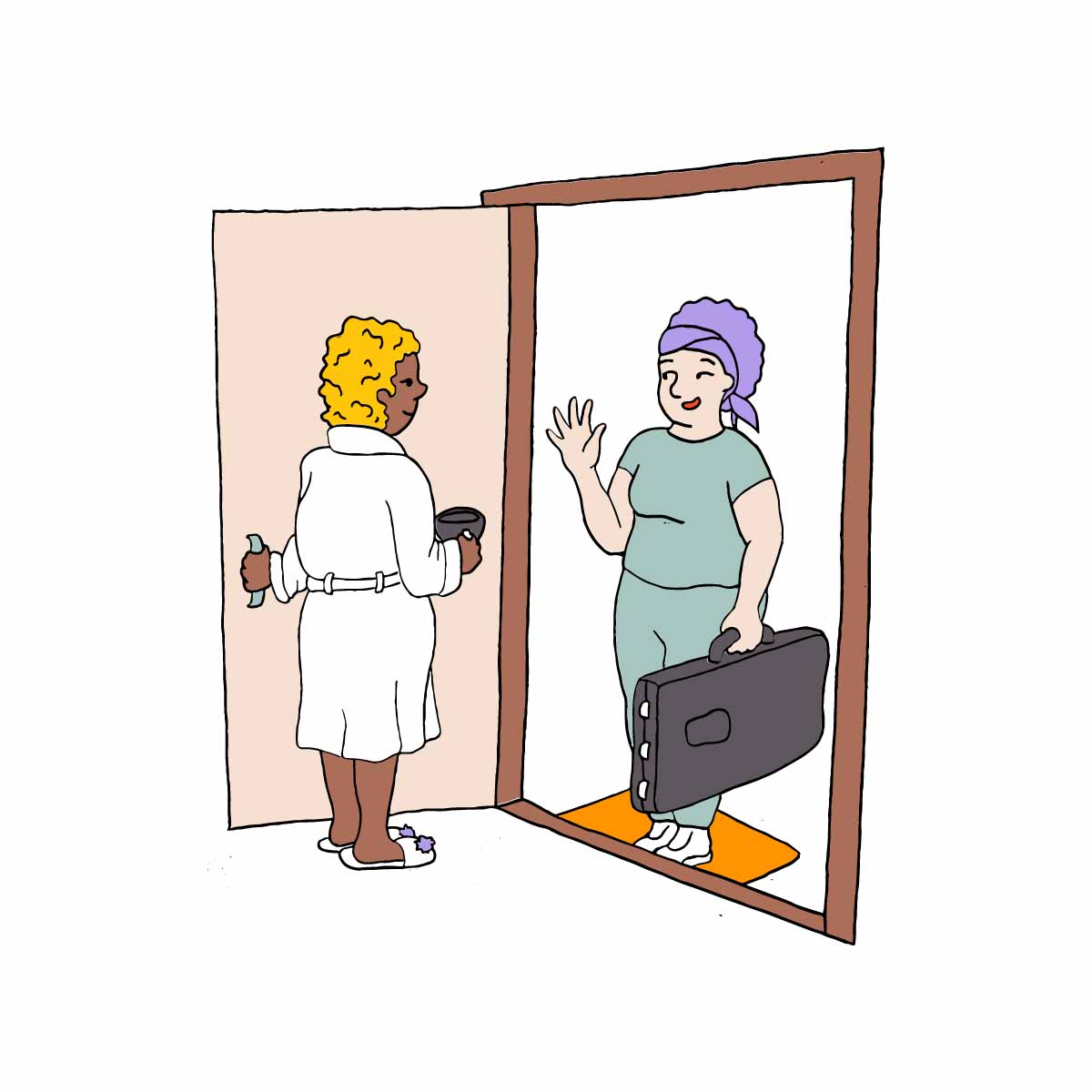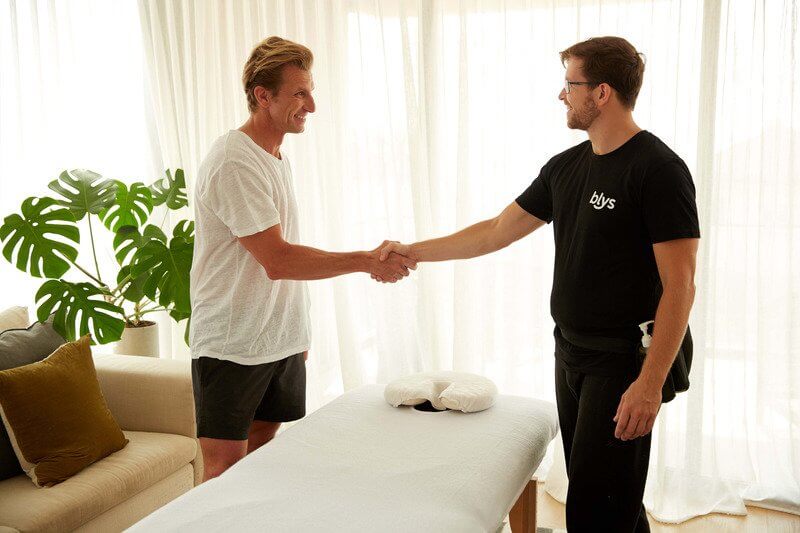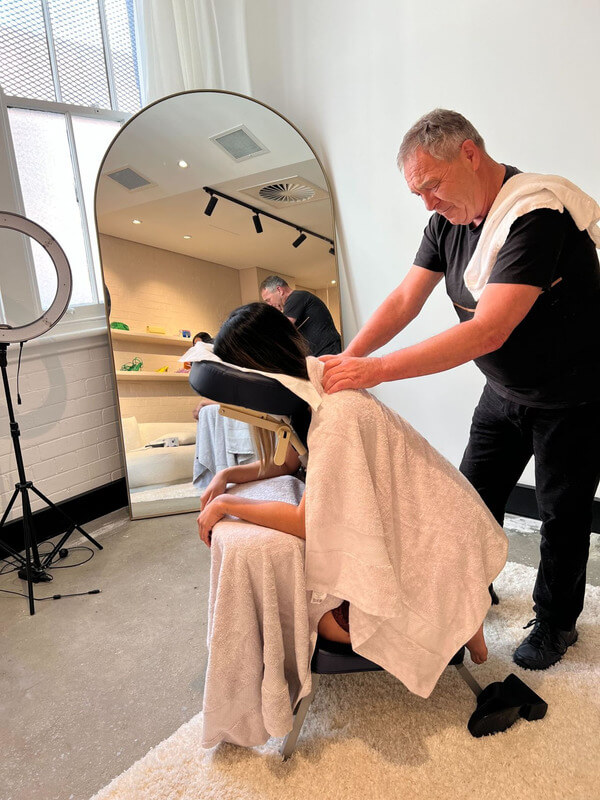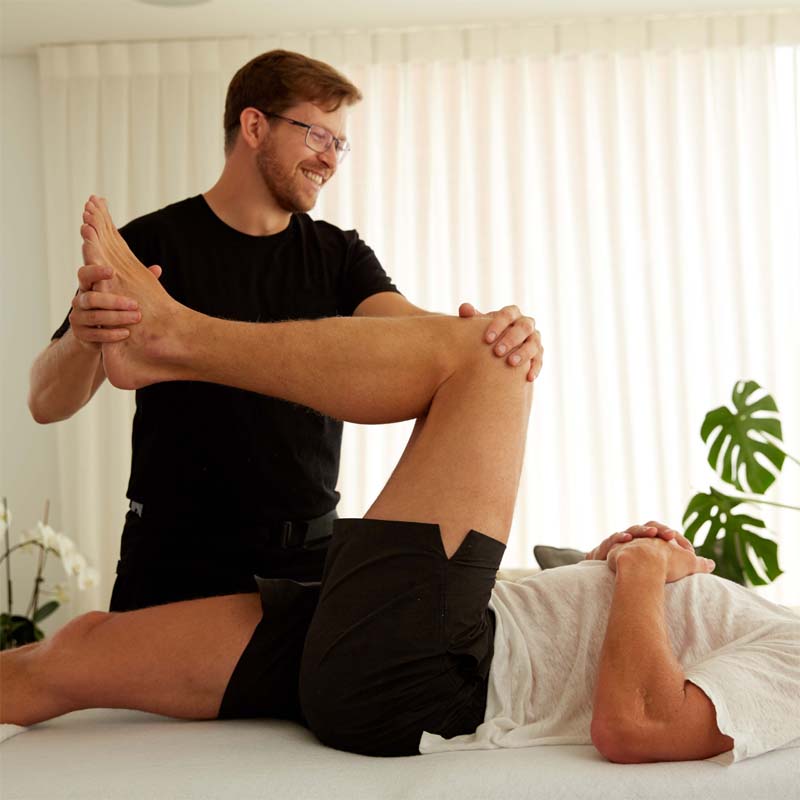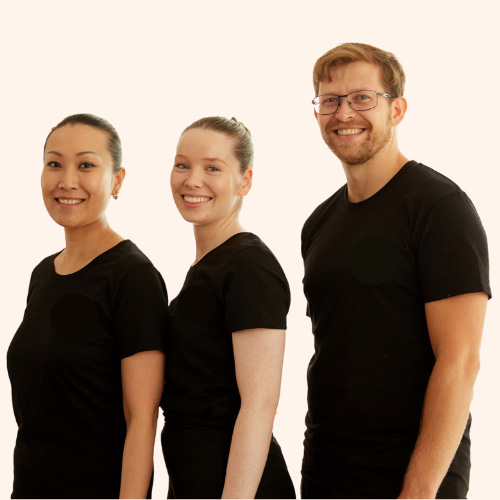Frequently Asked Questions
What does occupational therapy do?
Occupational therapy helps people with physical and cognitive disabilities live independently and improve their overall well-being.
Do I need occupational therapy?
If you’re dealing with physical or cognitive conditions like ageing, amputation, arthritis, dementia, head injuries, stroke, work-related injuries, depression, multiple sclerosis, severe burns, or spinal cord trauma, and find everyday tasks challenging, occupational therapy could be the solution.
How can I get started with mobile occupational therapy?
Mobile occupational therapy is the ideal way to receive support from qualified therapists for your daily activities.
Simply book an appointment on our platform to get connected with an occupational therapist near you.
What is the difference between occupational therapy and physiotherapy?
| Physiotherapy | Occupational Therapy |
|---|---|
| Physical rehabilitation to improve movement, strength, and function, often using exercises and manual techniques. | Helping individuals perform daily activities and tasks, aiming to enhance independence and adapt to physical or cognitive challenges. |
| Targets physical recovery | Addresses functional and daily living skills |
| Commonly available at clinics, hospitals, rehab centres, and sports facilities | Usually done at home, schools, workplaces, and community centres |
| Uses manual therapy techniques such as massage and joint mobilisation | Uses adaptive tools and technology along with manual and cognitive therapy techniques |
| Focuses on healing and aiding the muscles of the human body | Also concerns stress management, anxiety reduction, memory building, equipping houses with safety appliances, and assisting with lifestyle adaptations |
What is involved in occupational therapy?
Occupational therapy involves therapeutic use of everyday activities (or occupations per se) to treat a range of physical, mental and developmental disorders that affect a person’s ability to perform daily tasks.
Does medicare cover occupational therapy?
Yes, Medicare Part B (Medical Insurance) helps to cover occupational therapy partially if your health care provider certifies you need it, and only if your doctor refers you to a registered occupational therapist from the Occupational Therapy Board of Australia.
The coverage amount depends on the plan and provider you have.
How many sessions are required prior to a change can be seen?
Generally, change can be seen within the first 5 to 10 occupational therapy sessions.
However, it’s subject to change depending on multiple factors such as the complexity of the conditions, your progress, and your availability.
